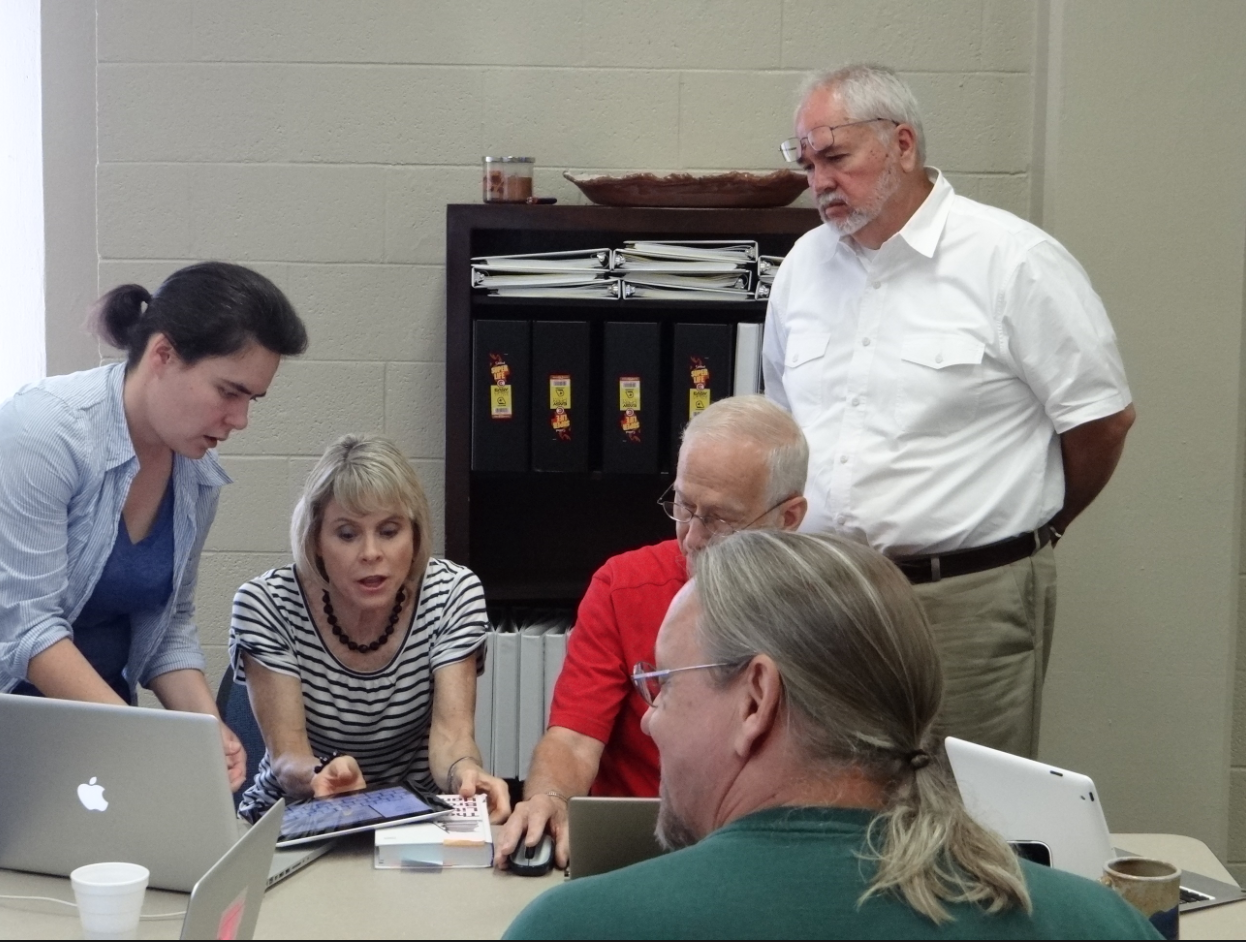
Van Leeuwen, C., Veletsianos, G., Belikov, O, and Johnson, N. (2020) Institutional Perspectives on Faculty Development for Digital Education in Canada Canadian Journal of Learning and Technology, Vol. 46, No.2
This study is an analysis of the open-ended comments on faculty development issues regarding digital learning from the three national surveys conducted in 2017, 2018 and 2019 respectively, by the Canadian Digital Learning Research Association.
This study fills a welcome gap, because the CDLRA reports, although using a selection of the comments to illustrate the quantitative results, did not include a full analysis of the open-ended comments. (Declaration of interest: I am Board Chair of CDLRA, and was heavily involved in the first survey in 2017).
Main results
- digital education orientation or on-boarding processes for faculty vary widely;
- institutions employ an extensive array of professional development practices for digital education;
- institutions report culture change, work security, and unclear expectations as challenges in providing digital education training and support; and
- institutions articulate aspirations and hopes around professional development investments in order to build digital education capacity
Comment
This is a careful, well-conducted analysis of the open-ended comments. The paper suggests a number of areas for action, mainly focusing on the rather haphazard approach to faculty development in many Canadian HE institutions.
It seems that the main issue is not so much not knowing what faculty development activities are needed for digital learning, but ensuring that all those who need it are systematically covered. Too much is left to the personal inclinations of individual instructors. Ensuring systematic faculty development for digital learning will require some significant cultural changes in our HE institutions.
My only criticism of the report is that it would have been strengthened if the findings from the open-ended comments had been placed in the context of the quantitative results. These would have provided a better indication of the prevalence of the practices described here. Overall, though, this is an important report for those responsible for improving the quality of teaching in higher education.









 Dr. Tony Bates is the author of eleven books in the field of online learning and distance education. He has provided consulting services specializing in training in the planning and management of online learning and distance education, working with over 40 organizations in 25 countries. Tony is a Research Associate with Contact North | Contact Nord, Ontario’s Distance Education & Training Network.
Dr. Tony Bates is the author of eleven books in the field of online learning and distance education. He has provided consulting services specializing in training in the planning and management of online learning and distance education, working with over 40 organizations in 25 countries. Tony is a Research Associate with Contact North | Contact Nord, Ontario’s Distance Education & Training Network.

